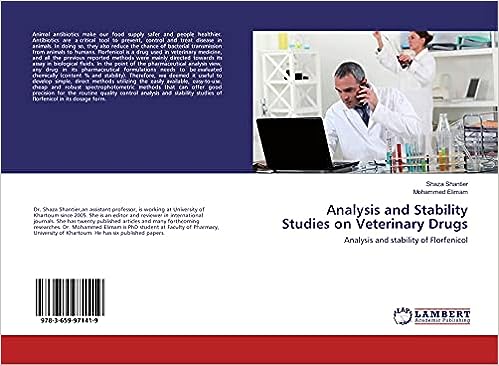Guidelines for Forced Degradation Studies of Drug Products
1) Purpose
The purpose of this SOP is to provide guidelines for conducting forced degradation studies to assess the stability of drugs under stress conditions. These studies aim to identify degradation products and determine the intrinsic stability of a drug substance under various stress factors like heat, humidity, oxidation, and light.
2) Scope
This SOP applies to all drug substances and drug products handled by the organization that require stress testing to establish stability-indicating methods and identify degradation pathways. It is intended for personnel in formulation development,
3) Responsibilities
Formulation Scientist: Responsible for designing the stress study protocol and selecting appropriate testing conditions.
Quality Control (QC) Team: Responsible for conducting stress tests according to the approved protocol and documenting results.
QA Team: Responsible for reviewing
data, ensuring regulatory compliance, and approving the final report.4) Procedure
4.1 Study Design:
- Identify stress conditions to be tested (e.g., heat, light, humidity, oxidation) and the duration of exposure for each condition.
- Select appropriate analytical methods (e.g., HPLC, LC-MS) to detect degradation products.
- Prepare a detailed study protocol outlining objectives, sampling schedules, and analytical methods.
4.2 Sample Preparation:
- Prepare samples from representative production batches and label them with stress conditions and exposure times.
- Store samples under specified stress conditions (e.g., heating, light exposure, humidity chambers).
4.3 Testing Schedule:
- Conduct initial testing to establish baseline data for the selected parameters.
- Perform stress testing at defined intervals to monitor changes and identify degradation products.
- Document all test results and analyze data for trends or deviations from acceptance criteria.
4.4 Data Analysis and Reporting:
- Analyze data to determine the drug’s stability under various stress conditions and identify degradation pathways.
- Prepare a report summarizing findings, conclusions, and recommendations for formulation and storage conditions.
- Submit the report for QA review and archiving.
5) Abbreviations, if any
QC: Quality Control
QA: Quality Assurance
HPLC: High-Performance Liquid Chromatography
LC-MS: Liquid Chromatography-Mass Spectrometry
6) Documents, if any
Stress Testing Protocol: Document detailing the study plan and methodology.
Analytical Data Records: Data sheets for all tests performed.
7) Reference, if any
ICH Q1A(R2): Stability Testing of New Drug Substances and Products
ICH Q1B: Photostability Testing of New Drug Substances and Products
8) SOP Version
Version 1.0
